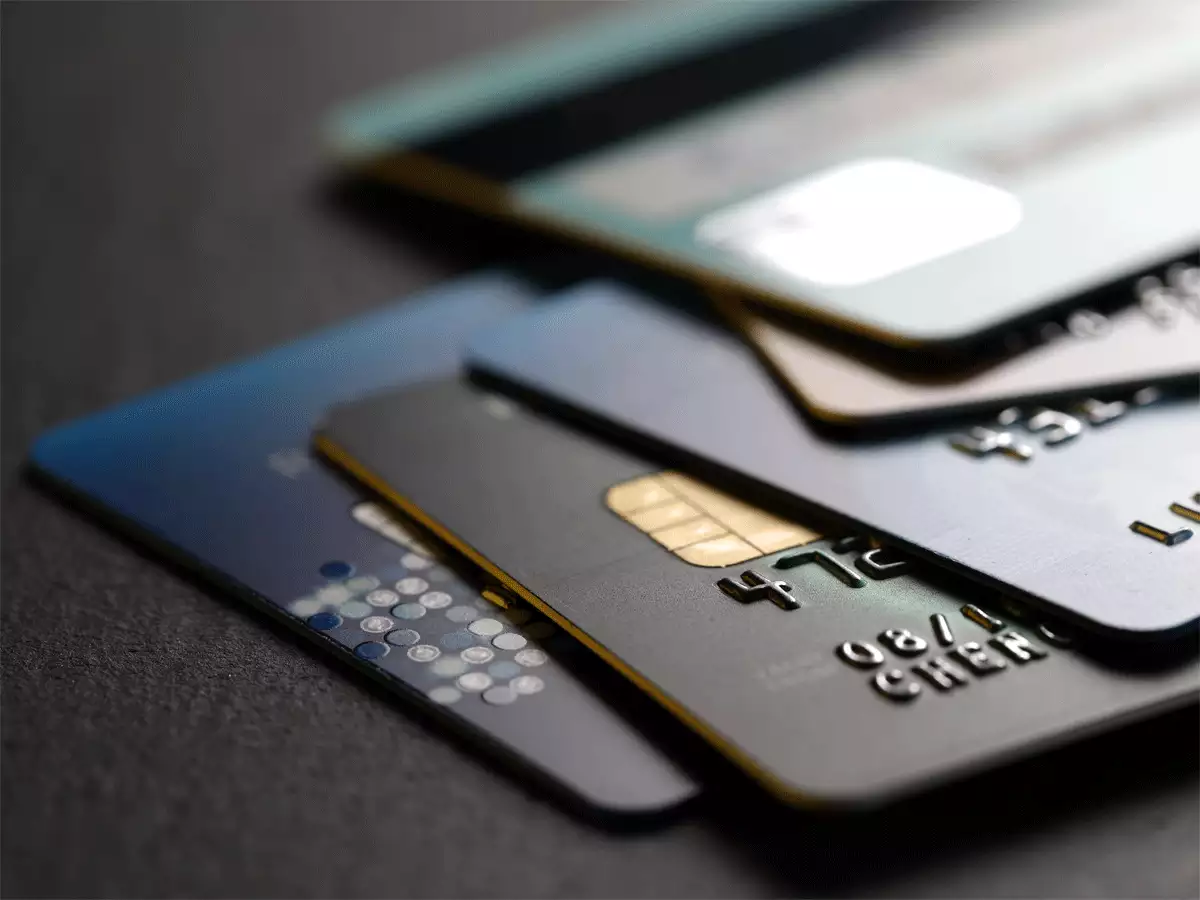Credit cards have become an indispensable tool for many Indians, offering convenience in transactions and the ability to make necessary purchases. However, with this convenience comes the responsibility of understanding and managing the associated interest. This guide is tailored to help you calculate your credit card interest rate in the Indian context.
Understanding Credit Card Interest Rate
When you use a credit card, you’re borrowing money. This convenience isn’t free; if you don’t pay back the whole amount you spent by the due date, you will be charged an extra fee. This extra fee is known as the interest. Banks tell you how much you’ll be charged by giving a credit card interest rate. It’s like a rental fee for the money you borrow but haven’t paid back yet. This rate is used to calculate the extra money you owe the bank, known as interest.
So, the longer you take to pay back, the more you end up paying. It’s important to know this rate and understand how it adds up to avoid surprises in your bill.

Steps to Calculate Credit Card Interest
1. Identify Your Daily Periodic Rate:
While the Annual Percentage Rate (APR) is the yearly interest rate, Indian credit card companies usually charge interest on a daily basis. To ascertain the daily periodic rate, divide the APR by 365 (days in a year).
For example, if your APR is 24%, the daily rate is 0.0658% (24% ÷ 365).
2. Determine Your Average Daily Balance:
Indian credit card companies often use the average daily balance method. This approach takes into account the balance you owe each day of the billing cycle. To compute this, sum up your daily balances and then divide by the number of days in that billing cycle.
Let’s say your balance was ₹10,000 for 15 days and ₹15,000 for the next 15 days. Your average daily balance is: ((₹10,000 × 15) + (₹15,000 × 15)) ÷ 30 = ₹12,500
3. Multiply by Daily Periodic Rate:
Now, multiply the average daily balance by the daily rate.
Using the example, this is: ₹12,500 × 0.0658% = ₹8.225
4. Multiply by Days in the Billing Cycle:
Multiply the daily interest by the number of days in your billing cycle.
So, ₹8.225 × 30 = ₹246.75
If you don’t pay the full balance, you owe ₹246.75 as interest for that month.
Tips to Manage and Reduce Interest
1. Timely and Full Payments:
One of the best practices is to clear your balance in full every month before the due date. This not only keeps interest at bay but is also beneficial for your CIBIL score.
2. Leverage Online Tools:
Most Indian banks provide credit card online platforms with features and calculators to help users manage and understand their interests. Regularly check these platforms to monitor your expenditures and payments.
3. Avoid Late Payment Charges:
Delayed payments can lead to additional charges. Setting up reminders or automating payments can help ensure timely clearance of dues and help you avoid late payment charges.
4. Opt for Balance Transfers:
If you’re struggling with a high credit card interest rate, think about transferring the balance to another card offering a lower or even a 0% introductory rate. This move can significantly reduce your interest.
Conclusion
In India, being savvy about how credit card interest rates work is key to maintaining financial health. Familiarise yourself with the intricacies of interest calculations and adopt best practices to minimise interest. Always keep an eye on your monthly statements and use online credit cards with various features to make the most of them and stay on top of your expenses.











